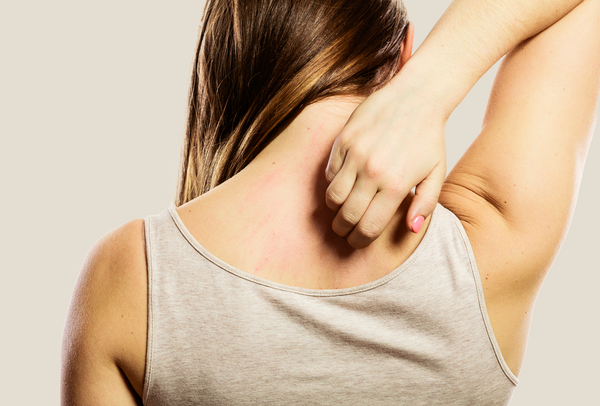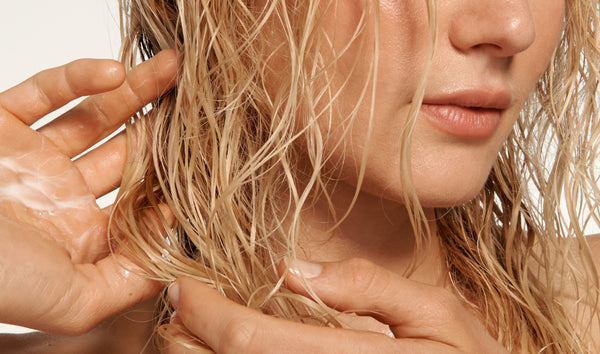At SEEN, we love hearing from our customers, answering questions, and using your feedback as we develop new products. Over the past few months, we’ve seen an increase in queries about whether our products are formulated with protein, especially from people with low-porosity hair. As awareness about hair porosity and protein in hair care grows, here are the basics you need to know.
What is hair porosity?
Simply put, hair porosity refers to the hair’s ability to absorb and hold on to moisture. Porosity is determined by the hair cuticle, which is the outermost protective layer that looks similar to shingles on a roof under a microscope. These “shingles” can be very close together in the case of low-porosity hair, or widely spaced in high-porosity hair.
The cortex lies beneath the cuticle, and this is the thickest layer of the hair. Comprised of proteins, this is also where hair pigment resides. Why does this matter? Because water and moisturizing hair care ingredients need to penetrate the cuticle and reach the cortex to maintain healthy, hydrated hair.
In low-porosity hair, the tightly-stacked cuticles make it harder for water and hydrating ingredients to get into the hair shaft. If you have this type of hair, you may find that products tend to sit on your hair instead of absorbing, it’s hard to get water to saturate your strands when washing, or that it takes a long time for your hair to air-dry.
On the flip side, the gaps in the cuticle of high-porosity hair make it easy for moisture to escape. If this is your hair type, you may notice that water and styling products absorb very quickly, your hair air-dries in a flash, and that your hair is prone to breakage and frizz.
What determines hair porosity?
Although hair porosity is partially dictated by genetics, other factors such as heat styling, chemical processing, and harsh hair care products can damage the hair cuticle and make the “shingles” lift over time. Sun exposure has the same detrimental effect, and the higher the porosity of the hair, the more difficult it is for hair to retain moisture.
Protein and porosity
There’s a lot of buzz about protein in hair care products, and its effects on low- and high-porosity hair. As a general rule of thumb, low-porosity hair should avoid overdosing on protein since it can build up along the hair shaft, leave hair feeling hard or stiff, and make it more difficult for hydrating ingredients to penetrate. High-porosity hair can benefit from extra protein to fill in the cuticles’ gaps and help reinforce the hair.
Does SEEN contain protein?
Harvard-trained dermatologist Dr. Iris Rubin created the core SEEN routine of shampoo, conditioner, and styling creme with all levels of hair porosity in mind. SEEN’s non-comedogenic, non-irritating hair care products are formulated with free amino acids (the building blocks of protein), which are safe and beneficial for both low- and high-porosity hair—as opposed to long chains of amino acids (proteins) that those with low-porosity hair may wish to avoid.




